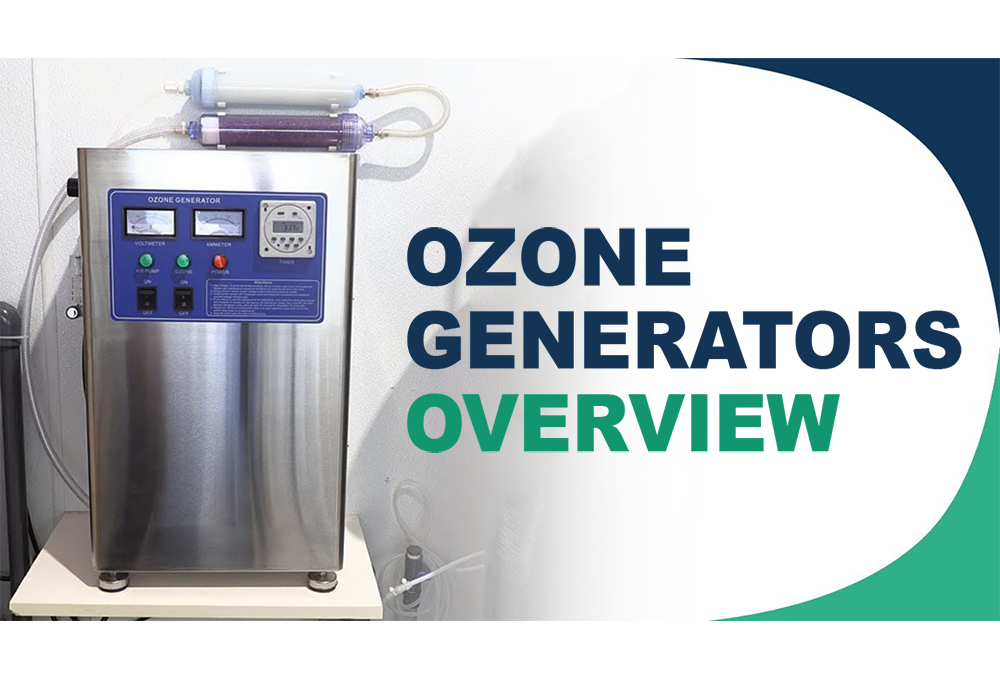Currently Empty: R0.00
Ozone (O3) is a powerful oxidant widely used in water purification because it effectively eliminates a broad spectrum of pathogens, including bacteria, viruses, and protozoa. Understanding the mechanism by which ozone acts as a disinfectant is crucial for appreciating its role in water treatment and its advantages over other disinfection methods.
What is Ozone?
Ozone is a molecule composed of three oxygen atoms. It is a highly reactive form of oxygen, more so than the diatomic oxygen (O2) that makes up the majority of the Earth’s atmosphere. Ozone occurs naturally in the stratosphere, forming a layer that protects the Earth from the sun’s ultraviolet (UV) radiation. It can also be generated artificially using ozone generators, which typically utilize an electrical discharge to convert oxygen into ozone.
The Disinfection Mechanism of Ozone in Water Purification
The disinfection process of ozone can be broken down into several steps:
Diffusion into Water:
- When ozone is introduced into water, it dissolves and begins interacting with the various constituents in the water. The solubility of ozone in water is relatively high, which facilitates its effectiveness as a disinfectant.
Oxidation of Cell Membranes:
- Ozone is a potent oxidant that readily reacts with and breaks down organic and inorganic substances. When ozone comes into contact with microbial cell membranes, it oxidizes the phospholipids and lipoproteins that make up the membrane. This disrupts the integrity of the cell membrane, causing the cell’s contents to leak out and leading to cell lysis (destruction).
Penetration and Oxidation of Intracellular Components:
- Ozone’s oxidation doesn’t stop at the cell membrane. It can penetrate the cell and oxidize intracellular components, including proteins, enzymes, and nucleic acids (DNA and RNA). This further disrupts the cell’s functions and ultimately leads to the death of the microorganism.
Inactivation of Viruses:
- For viruses, which lack a cellular structure and consist mainly of nucleic acids enclosed in a protein coat, ozone targets the viral capsid (protein coat) and the nucleic acids within. The oxidation of these components prevents the virus from attaching to and infecting host cells, thereby inactivating it.
Advantages of Using Ozone for Water Purification
The mechanism of ozone disinfection offers several advantages over other methods such as chlorination:
- Broad-Spectrum Efficacy:
- Ozone is effective against a wide range of pathogens, including bacteria, viruses, protozoa, and even some resistant species like Cryptosporidium and Giardia, which are less susceptible to chlorination.
- Rapid Action:
- Ozone acts quickly, often achieving disinfection within minutes. This rapid action can be particularly beneficial in large-scale water treatment processes where time efficiency is critical.
- No Residual By-Products:
- Unlike chlorine, which can form potentially harmful disinfection by-products (DBPs) such as trihalomethanes (THMs) and haloacetic acids (HAAs), ozone decomposes into oxygen, leaving no toxic residues. This makes ozone a more environmentally friendly option.
- Improvement of Water Quality:
- In addition to disinfection, ozone can oxidize and remove other contaminants, such as iron, manganese, sulfides, and organic compounds, which can improve the taste, odor, and overall quality of the water.
Challenges and Considerations
Despite its advantages, there are several challenges and considerations when using ozone for water disinfection:
- Generation and Handling:
- Ozone must be generated on-site using specialized equipment, as it cannot be stored or transported due to its high reactivity and short half-life. This requires a reliable power supply and can increase operational costs.
- Health and Safety:
- Ozone is a potent respiratory irritant and must be handled with care. Proper ventilation and monitoring systems are essential to ensure that ozone concentrations in the air do not exceed safe levels.
- Effectiveness at Different pH Levels:
- The effectiveness of ozone can be influenced by the pH and temperature of the water. It is most effective at lower pH levels and may require adjustments in water chemistry to optimize performance.
Conclusion
Ozone’s powerful oxidative properties make it an effective disinfectant for water purification, capable of eliminating a broad spectrum of pathogens quickly and without leaving harmful residues. While there are challenges associated with its generation and handling, the benefits of using ozone, including its rapid action and environmental friendliness, make it a valuable tool in modern water treatment processes. Understanding the underlying mechanisms of ozone disinfection helps optimize its use and ensure safe and clean water for various applications.




